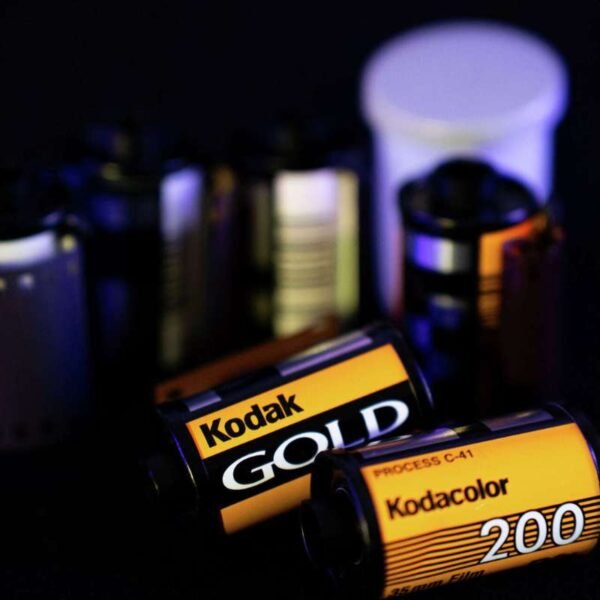Moog, the legendary name in analog synthesis, has unveiled its newest creation—the Moog Messenger, a compact monophonic analog synthesizer aimed at both honoring its rich heritage and pushing into a new era. This new model is designed to counter the rise of affordable clone synths that have flooded the market in recent years, offering users a genuine Moog experience at a more accessible price point.
The Messenger combines decades of analog expertise into a portable three-octave unit with 32 semi-weighted keys and a control-laden interface that invites real-time sonic exploration. With a focus on authentic analog sound design, the Messenger boasts a new array of filters and oscillators alongside classic circuitry, staying true to Moog’s iconic warmth and gritty texture.
Despite no longer being an all-American manufacturer—following its acquisition by inMusic and the shift of production facilities overseas—Moog aims to retain its soul with the Messenger, balancing heritage with innovation. Joe Richardson, President of Moog Music, described the instrument as “crafted for musicians and producers seeking a portable, powerful monosynth that delivers the iconic Moog sound.”
Built for Performance and Creativity
The Moog Messenger isn’t just about sound quality—it’s about hands-on performance. Unlike many modern synthesizers that rely on screens and complex menus, this new Moog model embraces simplicity. Each function has a dedicated knob or switch, allowing users to dive straight into sound sculpting without getting lost in submenus.
The synthesizer also comes loaded with 256 onboard presets, a 64-step sequencer, and a built-in arpeggiator with various patterns, giving users the tools to craft rhythmic and melodic patterns on the fly. The connectivity suite is equally impressive, featuring MIDI (both 5-pin and USB-C), control voltage (CV) inputs and outputs, and clock sync for integration with other gear.
Erik Norlander, Director of Keyboard Product Development at inMusic, noted that the Moog Messenger was designed to invite exploration. “Our goal was to create a synthesizer that welcomes first-time Moog players and offers the depth and expressiveness that experienced musicians expect,” he explained.
Balancing Legacy with Accessibility
Moog’s decision to move production to Asia has sparked some debate among fans who view the brand’s Asheville, North Carolina roots as integral to its identity. However, the shift is part of a larger strategy to remain competitive in a market saturated with low-cost clone synths. With devices mimicking Moog’s legendary Model D retailing for under $500, the company faced mounting pressure to create a high-quality yet affordable alternative.
The Messenger may prove to be Moog’s answer to this challenge—a genuine analog synth that bridges the gap between legacy craftsmanship and mass-market accessibility. While purists may lament the move from hand-built American instruments, the Messenger could extend Moog’s reach to a new generation of musicians, all without sacrificing the sonic character that made the brand iconic.
As Moog enters this new chapter, the Moog Messenger stands as both a defensive move against imitation and a bold step toward making analog synthesis more widely accessible.










